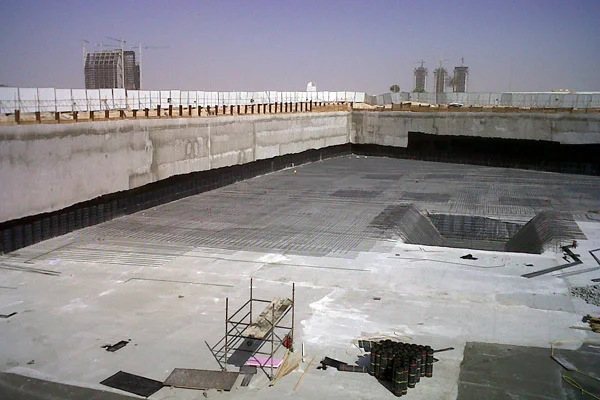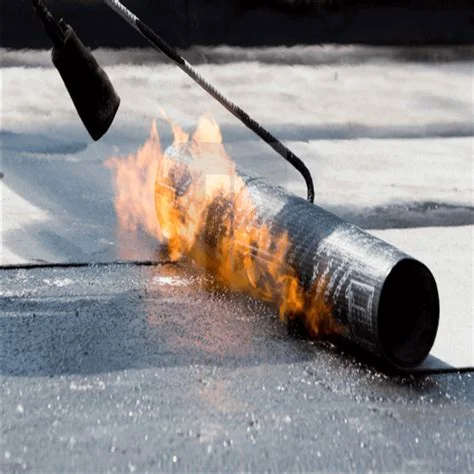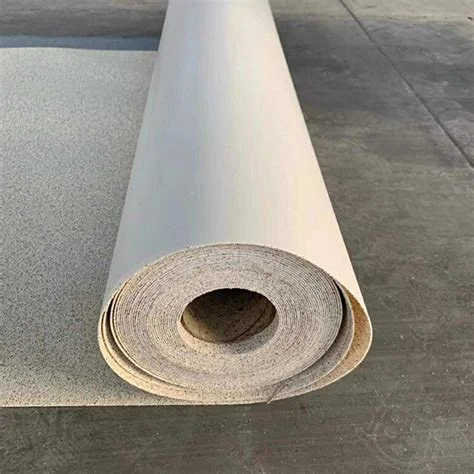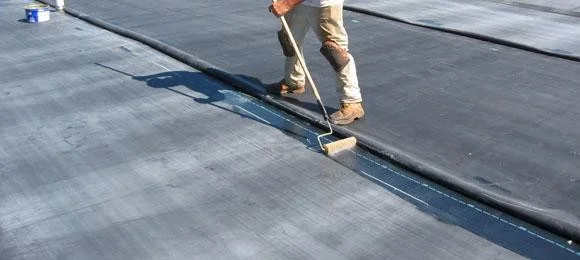

1.BASEMENT WATERPROOFING – importance
Basement Waterproofing: Protecting Your Home from Water Damage. Transform To Dry And Comfort Homes.
A grade slab, also known as a concrete slab or foundation slab, is a horizontal concrete surface that is typically poured onto a prepared subgrade to provide a level surface for construction. Grade slabs are commonly used as the foundation for buildings, bridges, and other structures.
The slab is typically reinforced with steel rebar or mesh to provide additional strength and to prevent cracking. The thickness of the slab varies depending on the weight of the structure it will support, the soil conditions, the water table level and the local building codes. In general, a grade slab is at least four inches thick.
Before pouring the slab, the subgrade is prepared by compacting the soil and adding a layer of gravel or other materials to provide drainage and prevent the slab from settling. Forms/shutters are then constructed around the perimeter of the slab to contain the concrete during pouring.
Once the forms/shutters are in place, the concrete is poured into the slab area and spread evenly using tools such as a bull float or a trowel. After the concrete has set, the forms/shutters are removed and the slab is allowed to cure for several days before it can be used as a foundation for construction.
Overall, grade slabs are an essential component of many construction projects, providing a level and sturdy base upon which the rest of the structure can be built.
Waterproofing a grade slab is an important step in preventing moisture from penetrating the concrete and causing damage to the structure that it supports. Without proper waterproofing, water can seep through cracks or gaps in the concrete, leading to erosion, corrosion of reinforcement steel, and eventually structural failure.
2. available systems to basement waterproofing
There are various methods of waterproofing a grade slab, depending on the specific requirements of the project. Some common methods include:
- Membrane waterproofing: This involves applying a membrane material, such as HDPE, asphalt, rubber, modified bitumen (APP – short for Atactic Polypropylene Membrane and SBS – Styrene-Butadiene-Styrene, a family of synthetic rubber derived from styrene and butadiene) to the surface of the concrete to create a barrier against moisture penetration.
- Integral waterproofing: This involves adding waterproofing agents directly to the concrete mix before pouring the slab to make it impermeable to water. The chemical compositions of these admixtures vary but all of them fall under these three categories, namely densifiers, repellants or crystalline.
- Crystalline admixtures: These admixtures contain chemicals that react with water and cement to form crystals that grow within the capillary pores and micro-cracks of the concrete, effectively blocking/minimising the passage of water.
- Polymer admixtures: These admixtures contain synthetic polymers that improve the strength and durability of the concrete while also making it more resistant to water penetration. The repellent nature of these products.
- Pozzolans: These admixtures usually contain silica fume or other silicates. As these have extremely fine particle size, they fill the micro pores in the concrete, thereby making it more denser and making in less water penetrative in the process. They also have the added advantage of providing high compressive strength to concrete.
- Coating/liquid applied waterproofing: This involves applying a waterproof coating, such as an epoxy or polyurethane coating to the surface of the concrete. These coating cure to form film over the surface to provide a protective layer against water infiltration.
Regardless of the method used, it is important to ensure that the waterproofing material is applied correctly and that all joints, seams, and penetrations are properly sealed to provide maximum protection against water intrusion.






3. basement waterproofing
Regardless of the method adapted, it is important to ensure that the waterproofing material is applied correctly and that all joints, seams, and penetrations are properly sealed to provide maximum protection against water intrusion.
GEOLIZ WATERPROOFERS PVT. LTD.
Waterproofing Products & Services Guide
For details on other waterproofing products & Services
GEOLIZ WATERPROOFERS PVT. LTD.
Waterproofing Products & Services Guide
For details on other waterproofing products & Services
